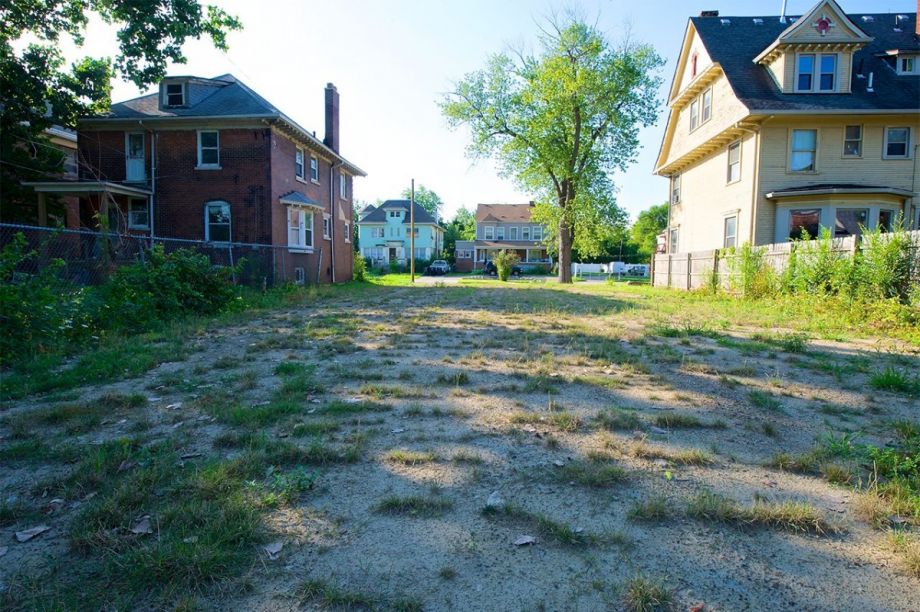After decades of population loss, many of Detroit, Michigan’s neighborhoods are faced with an overabundance of vacant lots where houses once stood. Even the city’s healthiest, densest areas aren’t immune.
Over 23.4 square miles of the city — 16.8 percent of Detroit’s total area — is vacant land, and that excludes parks and rights of way. That number is expected to exceed 30 square miles as anti-blight demolition efforts are realized.
But tearing down neglected houses only addresses blight in the short term, as the lots that are left behind can quickly become overgrown and attract illegal dumping.
“What many folks have come to recognize is that the city has a tremendous supply of vacant land that contributes to blight and works to destabilize neighborhoods,” says Dan Kinkead, acting director of the implementation office of Detroit Future City (DFC), a nonprofit that created a strategic framework for Detroit’s long-term development. “We have vast areas of the city with moderate vacancy. These are also places with high concentrations of children and elderly people. These are places where quality of life needs to be improved.”
The problems associated with vacant lots stem from a lack of stewardship. While the city has made efforts to encourage residents to become stewards of vacant land over the years, most notably through an initiative that sells side lots for just $200 to adjacent homeowners, few tools have been in place to help those buyers care for lots in a sustainable way.
But on October 5, 2015, Detroit Future City released “Working With Lots: A Field Guide,” one of the first aids for residents and community groups that are caring for and beautifying lots in their neighborhoods, transforming them from liabilities into assets.

